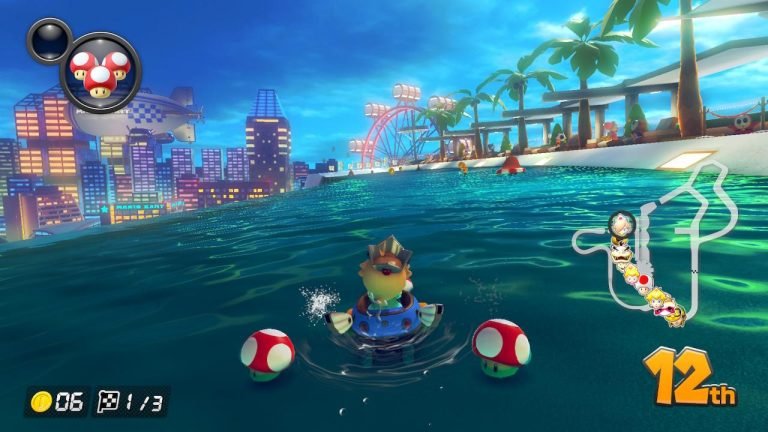A view of Visakhapatnam beach. (Image source:Facebook)A view of Visakhapatnam beach. (Image source:Facebook)
Visakhapatnam: Of AP’s 1,027.60-km-long coastal line, 294.89 km is experiencing erosion, accounting for 28.7 per cent of the coastline, revealed a study conducted by National Centre for Coastal Research (NCCR) along the Indian coast from 1990 to 2018.
Andhra University’s Geology department professor A. Yugandar told Deccan Chronicle, “Climate change significantly impacts the Earth’s system, including environment, ecosystems, human communities and economy. Clear indicators of climate change encompass escalating temperatures, ice and glacier melting, altering precipitation patterns, extreme weather occurrences, ocean acidification and sea-level rise (SLR).”
There has been a discernible upward trend in SLR in most cities and towns over the past three decades. Specifically, on the west coast, Mumbai, Kochi and Murmugao stations exhibited an increasing trend, while the Panambur station depicted a negative trend during this period.
Conversely, on the east coast, Haldia, Paradip, Visakhapatnam and Chennai demonstrated an upward trend in SLR, while Thoothukudi displayed a negative trend.
Historical sea-level rise is the highest in Mumbai, followed by Haldia, Visakhapatnam, Kochi, Paradip and Chennai. The annual increase in sea levels is substantial in Mumbai, Visakhapatnam, Kochi and Paradip.
